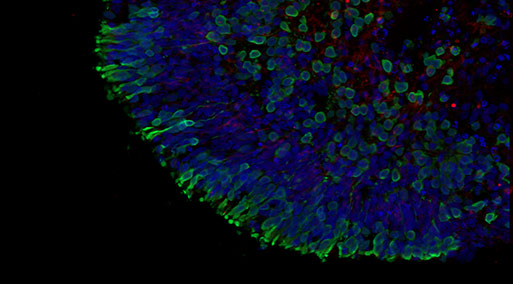NB to develop 3D retinal organoids using hiPSC derived skin cells

Newcells Biotech in partnership with Newcastle University has been awarded further funding from the NC3R CRACK IT project to create 3D retinal organoids that more closely recapitulate the structure and function of the human retina, using hiPSCs which can be used for large scale disease modelling, toxicology and pharmacology screening to replace the use of animals in the discovery of new ophthalmic drugs.
In Phase 1, the team will generate 3D laminated human retinae containing all the major cell types that formed functional synapses, responded to light and electrophysiological stimuli, and accurately identified two compounds known to be toxic to the human retina. In Phase 2, the model will be developed further through incorporating microglia and adaption to rodent and primate derived iPSC, optimising the cryopreservation process to ensure the organoids are accessible worldwide and extending the compound screen to validate the model as a tool for efficacy and toxicity screening.
The development of drugs for eye disorders is a growing field with the market for therapies targeting retinal disorders expected to grow to $14.8 billion by 2022. There are no adequate in vitro models that recapitulate the complex structure of the mature human retina, therefore, the majority of efficacy and safety testing in ophthalmological drug development is currently performed in animals (rodents and rabbits). The project is sponsored by Merck, Novartis and Roche.
Share on social media:
Don't miss out on our latest innovations: follow us on Linkedin
Newcells Biotech
11th January, 2018
Retina


